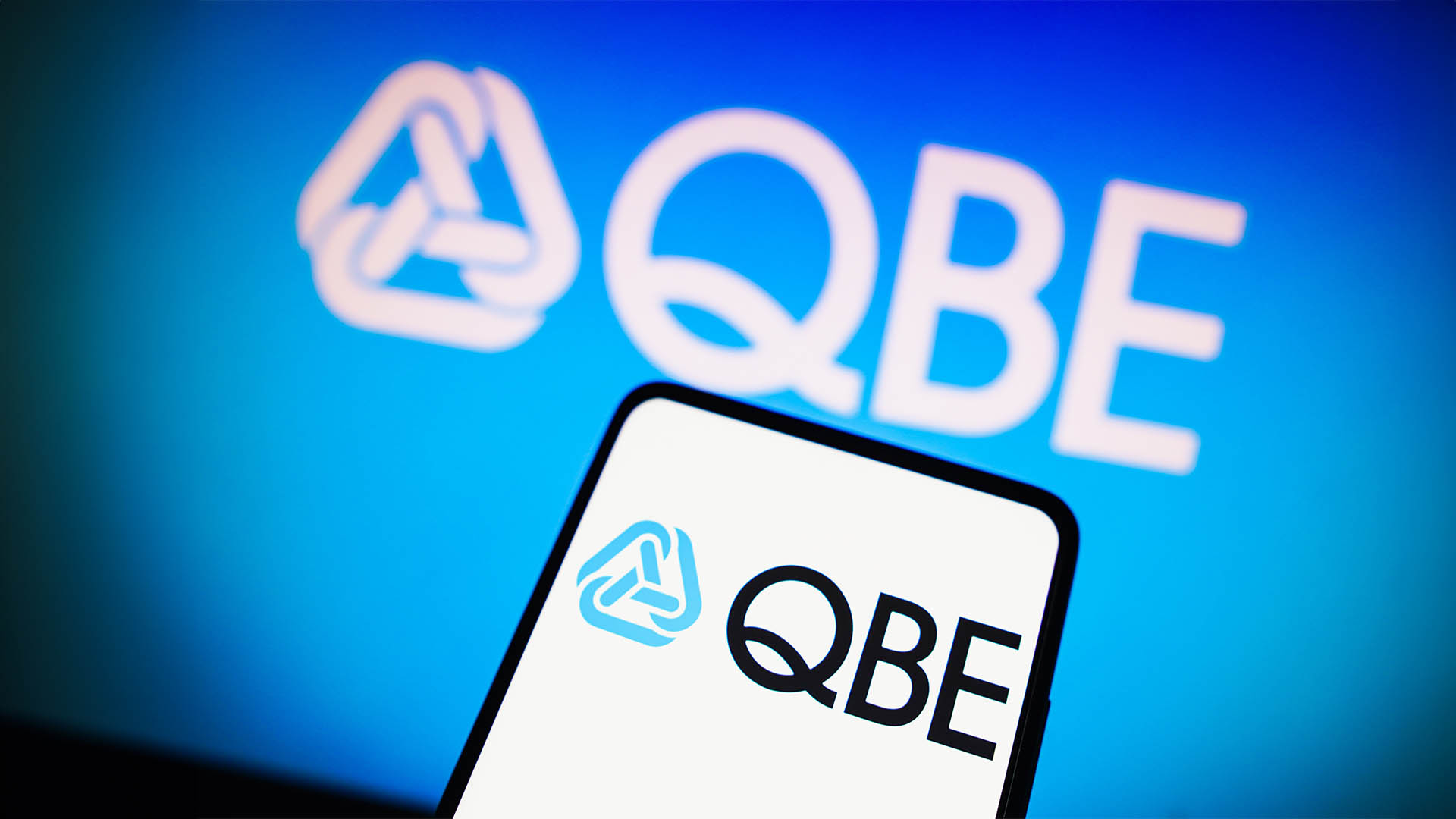A $US194 billion jump in the size of China’s foreign reserves in the September quarter encapsulates all that is right and wrong about the value of China’s currency.
It was a record rise in the level of reserves, which now sit at an impossible to believe $US2.6 trillion.
For all its protestations about the value of its currency, this surge in its reserves shows China has a PR problem at best, or at worst, is being arrogant and pursuing a course that will end up being self-defeating.

Not that Australia will do or say much about, we have a vested interest in seeing that China doesn’t change anything in its current approach to a gradual appreciation of the Yuan.
China is right to protest that a big revaluation might trigger social unrest and economic instability.
It is also right to point out that the attempts by the US and Europe back in 1985 that succeeded in forcing Japan to let the value of the yen rise, did nothing to cut the trade imbalance with Japan, and sent Japan headlong into two decades of stagnation with occasional bouts of deflation.
Few people doubt that China does keep its currency undervalued so it can help manufacturers sell their toys, clothing, electronics and other goods cheaply in foreign markets, especially the US and Europe.
It also helps the likes of Apple, Nokkia, Dell and the big electronics groups of Japan and South Korea, make and sell their goods cheaply around the world.
Without the hundreds of thousands of workers employed by Foxconn, the huge Taiwanese-owned manufacturer that dominates China’s export sector, Apple’s Ipad, Ipods and Iphones would be much more expensive and Apple shares would not have reached a record $US300 this week.
But this is only one of a series of factors that have made China the manufacturer to the rest of the world (and itself, of course).
Low, but rising wages help, very good infrastructure, especially ports, hospitality to business (so long as they play by China’s rules) and state-run unions and a hard-working labor force are other factors.
Changing the value of the currency won’t alter that, and instead could make these manufacturers even more vital.
And forcing China to revalue and lift its selling costs will only force some manufacturers (the sneaker companies are already doing it) to relocate in Vietnam, Bangladesh, India and even Africa.
The problem will merely move to other countries that keep their currencies cheap or under close state control.
We’ve seen this movie before.
From July 2005 to July 2008, under pressure from the US, Beijing allowed its currency to rise against the dollar by 21%.
Despite that big increase, China’s exports to the US continued to grow.
Of course, once the recession hit, China’s exports slowed, but not as much as those of countries that had not let their currencies rise.
So even with relatively (and it is only relative) more costly products, China did better than other exporting nations, and continues to do better.
It is an issue that will reverberate for years to come, it is upsetting Japan and South Korea as well (which are both intervening to try and force down the value of the yen and the won), but surprisingly, it is also an issue that the Chinese are not avoiding.
It would have been quite simple for China to have released a figure this week that understated the size of the increase in the reserves at the end of September ahead of the Mid Term Congressional elections in the US where the issue is a major sticking point.
The correct figures could have quite easily been produced in January in the full year figures through revisions or restatements.
This is a positive and shows that for all its faults, China is not going to gild the lily.
And it’s a pretty large flower.
The $US194 billion jump in the size of the reserves to $US2,650 billion, topped the previous record rise of $US178 billion in the second quarter of last year.
It was a big rise compared to the $US47.9 billion increase in the first quarter and only $US7.2 billion in the second quarter.
The reserves are up more than 16% so far in 2010 on the first three quarters of 2009.
Analysts attributed the sharp build-up of forex mainly to the increasing inflow of "hot money" on outlook of a stronger Yuan.
China’s foreign exchange regulator, the State Administration of Foreign Exchange warned this week of "hot money inflows" in the second half of this year and beyond as investors bring money into China to benefit from higher interests rates and expected Yuan appreciation.
That might be spin, but we saw in the second and third quarters of last year billions of dollars of offshore money return to China.
In the September quarter there was around $US65.6 billion of trade surpluses, which left around $US128 billion unaccounted for.
Some US and European critics claimed that the difference represented the profits and purchases made to keep the Yuan with in its 1% trading band each day (and China has been reportedly doing that, especially in the past few weeks as the daily valuations have pushed the mid point up more than 2%).
There is also revaluations of the country’s holdings of US dollars and other currencies during the quarter, plus interest payments on those offshore holdings. (Let’s see, an average 1% held on $US2.4 trillion is an awful lot of money, even if the rates are low, $US12 billion or more).
There is no doubt a large element of truth in that, but those same critics also ignored the fact that much of it came from the













